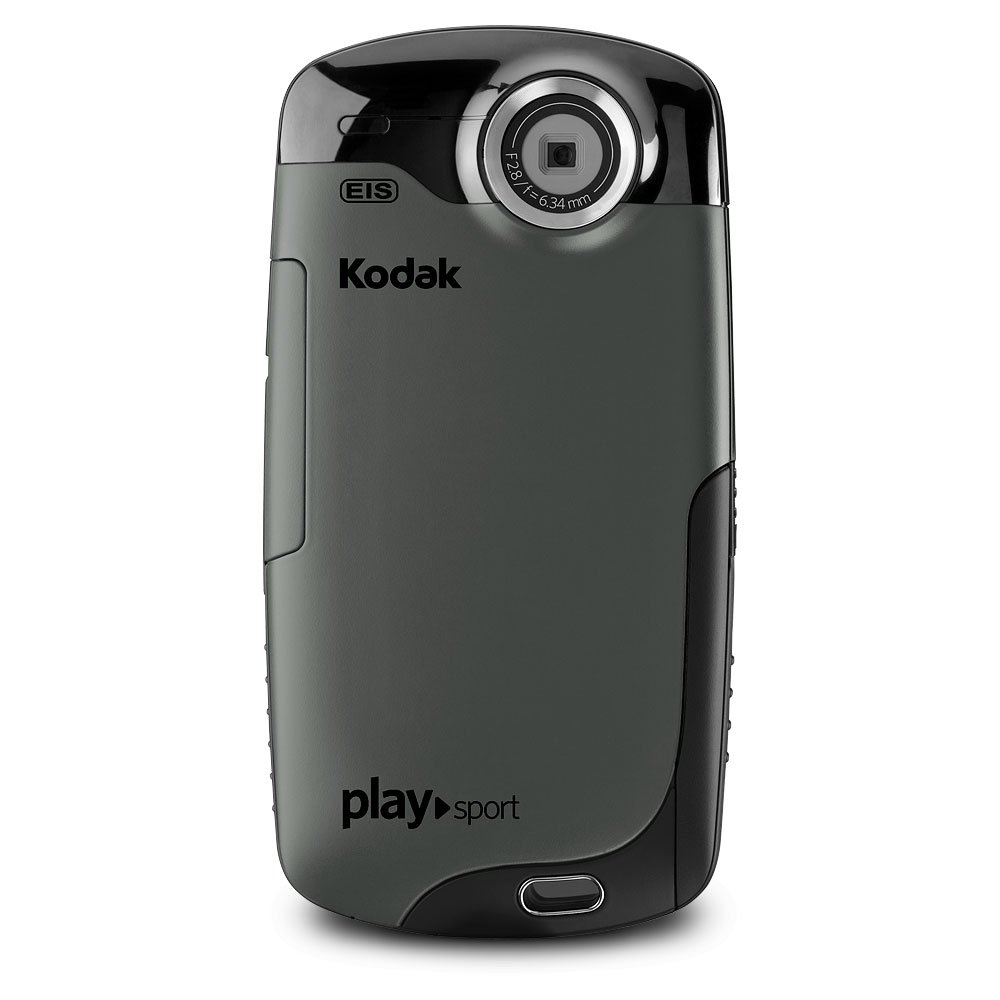Want to attend a racing school? Or a regular college setting that has a racing program, like a Formula SAE team? Here’s an inside look into Columbia University, one of the top schools in the country, and their Formula SAE racing school program from the Columbia Spectator. Whether you’re interested in motorsports engineering or the business of racing, a Formula SAE team is a great place to start your motorsports education.
Building racecars a team effort for CU undergrads
Columbia SAE members are non-traditional athletes who race cars they built themselves.
By Benjamin Spener
Spectator Staff Writer
Published April 5, 2012
Photo courtesy of Peter Bohnhof
When following Columbia sports, most people neglect athletes that don’t run, jump, or handle a ball when playing their sport. It’s easy to miss a group of students that hides out in the basement of Mudd Hall and builds racecars. The Columbia University Society of Automotive Engineers—also known as Knickerbocker Motorsports—is a group of 10 to 20 Columbia undergraduates who design and build a racecar from scratch each year, and then uses it to compete in a series of races in Michigan every May. I met with one of the team’s drivers and system heads, a compelling 19-year-old named Hwei Ru Ong, CC ’14.
As I was walking toward Mudd Hall with Ong to get a tour of Columbia SAE’s shop, School of Engineering and Applied Science Dean Feniosky Peña-Mora stopped us and specifically said hello to Ong. Peña-Mora has met with the SAE team several times and has been very supportive of the program, helping to make Knickerbocker Motorsports one of the better-funded student groups on campus. The team also counts on the support of alumni donors and an ample supply of energy drinks from their sponsor, Red Bull.
Specifically, Ong is in charge of the “impact continuator,” a system of safety bumpers that protect the driver in case of a crash. Although most of Knickerbocker Motorsports’ members are SEAS students, Ong decided to attend Columbia College so that he could pursue degrees in both English literature and astrophysics while doing some engineering and racing outside of the classroom. He has a passion for auto racing, having learned to drive with a manual transmission on a tractor working on an organic farm near his home in Ukiah, California. Ong finally got his driver’s license last July, and has been one of the team’s primary drivers since October.
When he returns home to Ukiah, Ong helps run the farm on a Mahayana Buddhist campus where his father is a bhikshu (fully ordained monk). On the farm and at Columbia, Ong meditates or “sits” regularly. He said that “meditation plays into all aspects of what you do, including racing.” Eating falafel with Ong—an appropriate meal, since he is a vegetarian in accordance with Buddhist values—I asked how the serenity of meditation and Buddhism in general is compatible with the action and volatility of auto racing. “As long as this is settled,” he said, pointing to his head, “everything is OK, and things are clear even though it’s messy outside.”
Having tried out the race simulator in Knickerbocker’s shop, crashed almost immediately, and then watched Ong zoom around the simulator track and drive the real car, I can attest to the amount of coordination and focus that the sport demands. As he suggested, the key to his success in auto racing and other sports is mental clarity, which he attains through meditation. Ong has actually found success in a variety of sports over the years. He classifies surfing, skateboarding, and mountain biking as hobbies—he also played point guard for his high school basketball team and was, at one point, the Rubik’s Cube champion of Malaysia, achieving an official time of 22 seconds and unofficial times as low as 14 seconds.
Although he has gone head-to-head with rivals in a variety of sports during his life, Ong told me explicitly that he is not very competitive and has always been more concerned with personal bests—getting better for his own sake—than beating others. It may be this seemingly dissonant mix of passivity and motivation that makes Ong so good at sports, engineering, and academics. Ultimately, he would not mind ending up farming, as he did growing up, but he also has a variety of other goals that range from being a professional racecar driver to working at an observatory in Chile to being an astronaut (seriously). Talking to him and watching him break into a childlike grin when driving around, playing basketball, or solving a Rubik’s Cube, you realize he is the kind of athlete—the kind of person—who is motivated by the great joy he gets from pursuing these things, even when that means spending hours each weekend working in the auto shop with the rest of the Knickerbocker Motorsports team. Ong stresses that the team as a whole, is what, rather than any individual, is what brings success at competitions. Although winning the race is ultimately left to the driver, auto racing is very much a team sport, since it takes the efforts and skills of the entire group to put a fast car on the track.
And this team’s car is fast—it goes from zero to 60 miles per hour in about 3.5 seconds and has a top speed of 110 mph. Moreover, the car must be able to perform well in a variety of races, ranging from tight, short tracks to courses as long as 22 kilometers. This class of car is called Formula SAE, and students from colleges across the country compete against each other every year in both dynamic competitions, which refer to races, and static competitions, which involve a car features such as design and cost. Generally, Columbia’s entry rings in with a price tag under $13,000—not bad for a racecar. Clearly, this competition presents a significant mechanical engineering challenge, along with the physical task of driving the car during races.
The team is looking forward to its race in May and has been working on various aspects of the car. When I arrived at the shop, several students were drafting a cost report for one of the static competitions, and Ong commented that they would have to deal with powertrain issues over the weekend. These days, the entire team prays for good weather every weekend so that they can get out to a track in New Jersey and test the car. While the simulator is a good way for drivers to get seat time, it is not a substitute for driving the actual car, not to mention that the engineers need to see the car in action to identity potential design flaws or ways to improve its performance.
For the most part, the car is close to finished and will soon be sporting a custom-fitted fiberglass body made by the team. Emblazoned with Columbia colors, this car will represent Columbia at the SAE races in Michigan in a few weeks. The team’s performance in these races will demonstrate not only the coordination and levelheadedness of the drivers but also the immense engineering prowess of the Columbia students who designed and built it. As Ong put it, “Without the team, there’s no car. I don’t even know if I’ll be driving in May, but the important part is that we get the car on the track. Then we can race.”
To read the original article, please visit the Columbia Spectator here.







